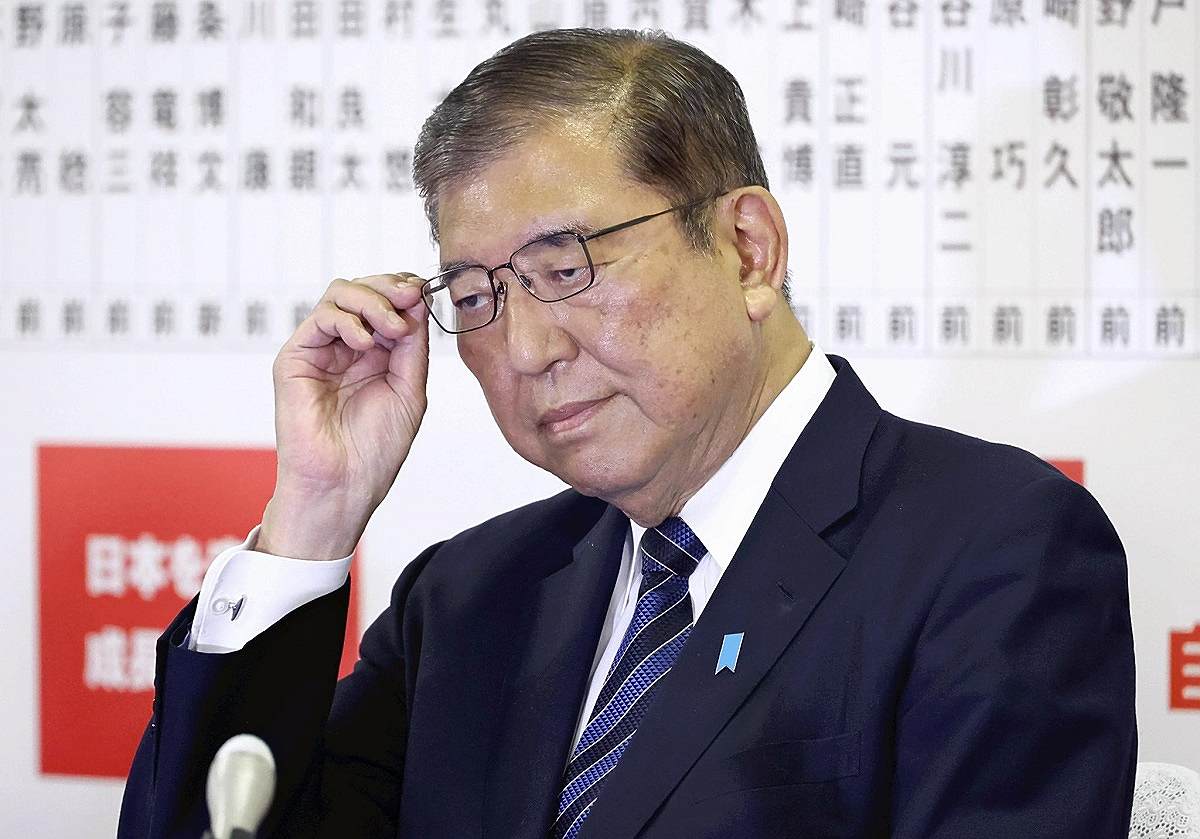On September 7, 2025, Japanese Prime Minister Shigeru Ishiba stunned the nation by announcing his resignation. His departure came less than a year after assuming the premiership, following a series of bruising election defeats that shattered the Liberal Democratic Party (LDP)–Komeito coalition’s majority in both houses of Parliament.
Ishiba’s downfall illustrates the precarious balance between political reform, electoral survival, and international diplomacy in a moment when Japan faces both economic strain and heightened regional security concerns. His resignation sets the stage for an intense leadership contest that will shape the country’s political and economic trajectory for years to come.
A Reformist’s Rise and Rapid Fall
Shigeru Ishiba had long been seen as a perennial contender for the nation’s top job. After four failed bids for LDP leadership, he finally prevailed in September 2024, riding a wave of reformist energy and promising to restore credibility to a party still reeling from a slush fund scandal. His campaign slogan, “Smile Again,” aimed to signal both optimism and a break from the opacity that had come to define Japanese politics.
Yet the challenges awaiting Ishiba proved insurmountable. Within weeks of taking office, the LDP suffered a crushing blow in the October lower house elections, losing its majority. The setback was compounded by additional defeats in Tokyo’s local elections and the upper house vote in July 2025. Far from stabilizing the party, Ishiba’s leadership coincided with a steep erosion of public confidence.
Polls reflected the disillusionment. By July, his approval ratings had plummeted to 23 percent, despite his reputation as a careful policymaker. His attempts to chart a reformist agenda, including controversial negotiations over tariffs with the United States, seemed only to deepen divisions within his own party. For a politician who had finally grasped the leadership he had long sought, the fall from grace was swift and unforgiving.
Tariff Triumph, Political Toll
Ironically, Ishiba’s resignation came just days after one of his signature achievements: a landmark trade agreement with Washington. The deal secured reductions in automobile tariffs, set to drop to 15 percent, while also committing Japan to invest up to $550 billion in the U.S. economy. Supporters hailed the agreement as a breakthrough in Japan–U.S. economic ties, bolstering competitiveness and affirming Japan’s role as a key American partner at a time of global economic turbulence.
But this diplomatic victory could not offset domestic political weakness. Insiders suggested Ishiba deliberately delayed his resignation until the deal was finalized, wary of further destabilizing both the LDP and Japan’s international credibility. His exit underscored a central irony of modern Japanese politics: success abroad can do little to secure stability at home if electoral foundations are crumbling.
Market Jitters and Political Reverberations
The shock of Ishiba’s resignation reverberated beyond the political sphere. Markets reacted almost instantly. The yen weakened while long-term government bond yields surged, reflecting investor anxiety over uncertainty at the heart of Japanese governance. For a nation already grappling with stagnant growth, rising defense expenditures, and shifting regional power dynamics, the timing could hardly be worse.
International observers interpreted the resignation as emblematic of a broader challenge: aligning domestic political cycles with international commitments. Japan’s trade and security strategies, including closer U.S. ties and a firm stance on regional stability, demand steady leadership. Ishiba’s premature exit raised fresh doubts about whether Tokyo can maintain continuity at a moment when both Washington and its Asian neighbors are looking for consistency from Japan.
What Lies Ahead: A New Leadership Battle
With Ishiba stepping down, the LDP faces a leadership vacuum and a fraught succession process. A snap leadership election is expected as early as October 4, setting off a contest that will likely expose deep ideological and generational divisions within the party.
Three figures have already emerged as frontrunners:
-
Sanae Takaichi: A staunch conservative, Takaichi is known for her hawkish economic and security stances. If elected, she would become Japan’s first female prime minister, a symbolic breakthrough but also a polarizing prospect within the LDP.
-
Shinjiro Koizumi: The son of former Prime Minister Junichiro Koizumi, he is a charismatic reformer whose youth and dynamism appeal to voters weary of establishment politics. His candidacy embodies the desire for generational change.
-
Yoshimasa Hayashi: Currently serving as chief cabinet secretary, Hayashi brings diplomatic gravitas and administrative experience. He is seen as a steady hand, appealing to those who crave stability in uncertain times.
Whoever prevails will face daunting obstacles. With the LDP–Komeito coalition stripped of its majority, the next leader must negotiate with opposition parties to pass legislation. This weakens the LDP’s once-dominant position and heightens the risk of political gridlock. It also means that the new prime minister’s ability to set policy may be severely constrained by coalition-building imperatives.
Key Takeaways
-
Fragile tenure: Ishiba’s year in office demonstrates how quickly political momentum can unravel when electoral losses pile up. His long-awaited rise was undone by repeated defeats and waning support.
-
High-stakes exit: His resignation, timed just after sealing a major trade deal with Washington, underscores the competing pressures of domestic politics and international diplomacy.
-
Unsettled future: Japan now faces a delicate transition, with no clear parliamentary majority and rival factions vying for control. The outcome will test the resilience of the LDP and determine whether Japan can navigate its economic and security challenges with steady leadership.
Shigeru Ishiba’s resignation closes a turbulent chapter in Japanese politics but opens a new one fraught with uncertainty. Japan stands at a crossroads: its domestic political order is in flux, its economy is under pressure, and its regional environment is growing more perilous. The coming leadership battle will not only decide who occupies the prime minister’s residence but also whether Japan can find the stability it desperately needs at a critical historical moment.

